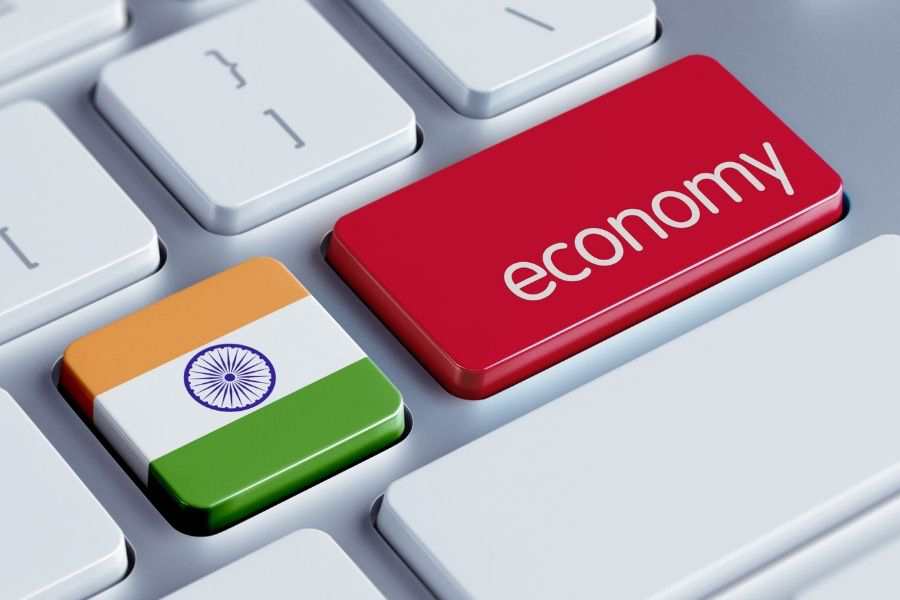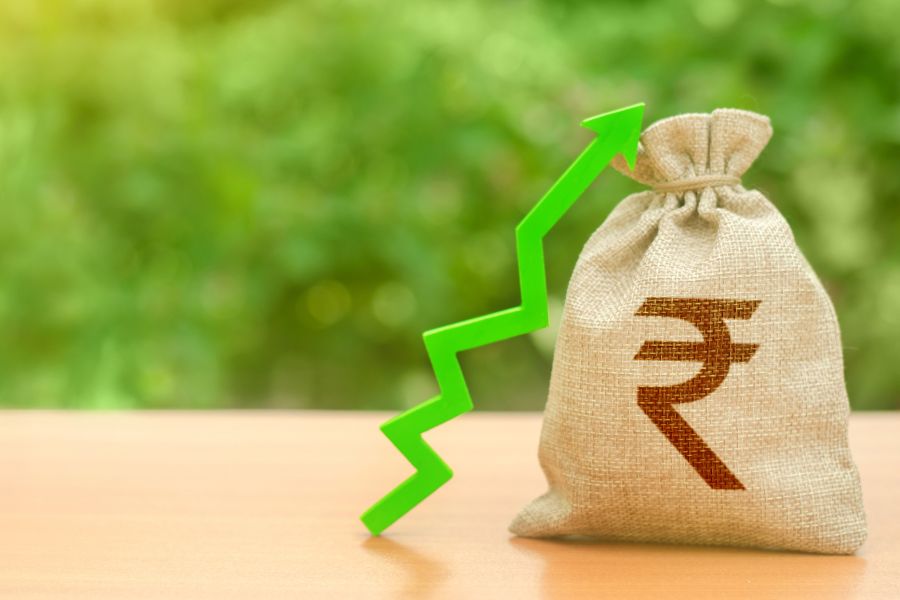Indian economic slowdown: How to reinvigorate consumer sentiment
• Real GDP growth in the year 2018-19 was at 6.8% which further plummeted to 5% in the first quarter of 2019-20.
• The Gross capital to GDP ration has remained lower in 2019-20 at 32.3% as compared to the average ratio of 36.9% between 2009-10 and 2014-15.
• For Q1 of 2019-20 as well, the investment seems to have grown at just 4% vis-à-vis the 13% in 2018-19.
• Domestic demand has been cited as a major factor behind lower investments and thus slower growth of the economy. Policy measures have to be instituted to address declining wage growth and poor rural demand.

India’s GDP growth of 5% for the quarter ending June 2019 has come as a shock for analysts. This compares to 5.8% in the previous quarter and 8% in the June quarter last year, and is the lowest growth in 6 years. Manufacturing was a major casualty during the quarter, with a growth of only 0.6% YoY. GVA dropped to 4.9% compared to 7.7% in the same quarter in 2018-19 and private consumption has also seen a fall.
In its Annual Report for 2018-19, RBI asserts that “this deceleration could be in the nature of a soft patch mutating into a cyclical downswing”. It has assessed that India’s real GDP growth grew at an average of 7.7% during 2014-18 and 8% in Q1 of 2018-19. However, the economy started losing momentum thereafter, and the growth rate for 2018-19 remained at a lower 6.8%.
Gross fixed capital formation started slowing down more than anticipated, inflicting its adverse impacts on the manufacturing and net exports as well. The growth of value added in agriculture and allied activities decelerated from Q3, pulling down rural demand. Overall, growth of GVA in agriculture declined from 5% in 2017-18 to 2.9% in 2018-19. On the other hand, growth in industrial production also slowed down to a less than 4%. The slowdown in agriculture and industry has impacted employment and income generation across the economy. Although inflation remained below target of 4% for two successive years – 3.6% in 2017-18 and 3.4% in 2018-19 – the current account deficit (CAD) settled at 2.1% of GDP in 2018-19 from 1.8% in the preceding year as the trade balance worsened more than the improvement in balance of invisibles compared to previous year.
The report also attributes the slowdown to external factors such as protectionist policy actions in the form of bilateral tariff escalations, sanctions and retaliations, normalisation of ultra-accommodative monetary policy by the Fed and tapering down of quantitative easing (QE) by the ECB, which are being transmitted to the domestic economy by different channels. Due to weak external demand, export volumes moderated despite a real depreciation. Terms of trade worsened on account of rising international crude oil prices. Foreign monetary policies such as interest rate increases and balance sheet contraction have led to huge capital outflows. In fact, the trade channel has itself become the mode of transmission of global impulses to domestic manufacturing and investment.
Besides this, the slowdown in domestic demand is the fundamental factor that has impacted the animal spirits in India’s economy. Greater harvests during the preceding two years have created supply glut, which coupled with weak export demand has added to the pressure on the already limited storage capacities, thus lowering food prices and farm incomes. This has eventually led to a lower consumption demand, since 44% of the total labour force depends on agriculture for livelihood. Rural demand has been red-flagged by firms from FMCG to auto sectors, and the last Nielsen quarterly report concludes that rural demand for FMCG products is slowing down by twice the rate of the slowdown in urban demand.
Therefore, the deceleration in the growth of sales due to slowdown in demand has induced the industry to use the existing capacities to the fullest instead of making new investments. The report recommends that policymakers focus on measures like improving the ease of business, factor market reforms, public capital expenditure etc. The challenge at this hour is to boost farmers incomes to resume growth in consumption while maintaining lower food inflation. RBI has stressed on adoption of model APMC by states as the farmers would be able to sell the produce to bulk buyers and thus get assured prices. Apart from that, development of food processing can also push demand up.
For the year 2019-20, RBI’s Monetary policy committee has recently lowered its projection of real GDP growth by 50 basis points to 6.9% recently from its previous forecast. Moreover, the first estimates for the Q1 of 2019-20 has estimated real GDP growth for the quarter to fall to a six-month low rate of 5%. As per the data released by CSO, it is observed that the growth rate of gross fixed capital formation component of GDP has declined from 13% in Q1 2018-19 to just 4% in Q1 of 2019-20. In the previous year, a slowdown in domestic demand was the root cause of slowdown in investment and economy. It seems that investment sentiments have not improved in the ongoing financial year.
If the consumption slowdown stays, policymakers will have to work to reverse the trends, particularly in the rural sector. Companies from FMCG and automotive sectors alike have warned on the impact of rural slowdown on their quarterly results. Better implementation of policies that are aimed at boosting farmers’ income could help in revival. In this direction, marketing, pricing and storage policies have to take the lead to ensure that the surplus in agricultural sector produces is not rotting due to lack of storage and reaches the masses at remunerative prices for farmers. However, the government has to also ensure a balance in terms of also keeping food prices low.
Gross savings rate has fallen from 31.1% of GDP in 2015-16 to 30.5% of GDP in 2018-19, driven by the decline in household savings. There has also been a decline in growth of both urban and rural wages over the years. Rural wage growth is not rising in tandem with labour productivity, as cited by the ILO 2018 report. This has to be addressed urgently by the government through appropriate policy instruments, so that it helps boost consumption and consequently also raises the business sentiment.













Leave a comment